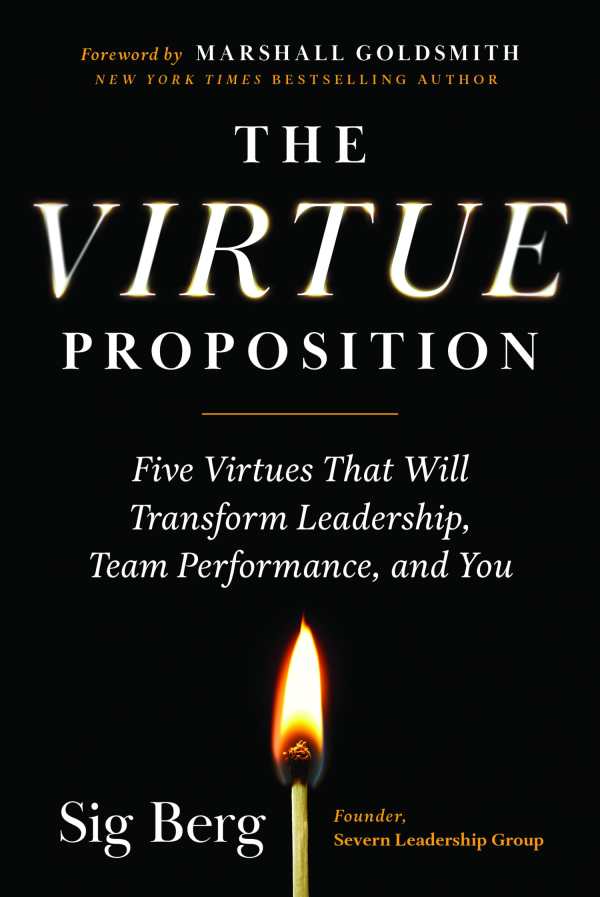The Virtue Proposition
Five Virtues That Will Transform Leadership, Team Performance, and You
The Virtue Proposition is an enthusiastic leadership text that issues a rallying cry for leaders to embrace virtuous leadership and lead high-performing teams to success.
Sig Berg’s bold leadership book The Virtue Proposition is a management primer wrapped in an extended sports metaphor.
Knowing that companies are wont to train and reward leaders who are technically competent and values-driven, this book rebukes reigning leadership models, arguing that value-based leadership derives from subjective morality and is based on feelings, not facts. In lieu of values, it promotes virtues, or “objective moral criteria.” It calls such criteria universal truths, like gravity, and builds its model upon five core virtues: love, integrity, truth, excellence, and relationships. It also speaks of true leaders as people who have virtue intelligence, or high VQs.
The book devotes considerable space to demonstrating the perceived flaws in popular leadership models and the instability of a values-based framework. It contrasts these with its concept of virtuous leadership and introduces the extended metaphor of “swing”—a rowing term for a situation that occurs when a team’s members row in sync with one another. Arguing that swing results in a euphoric state of harmony, the book draws an analogy to how virtuous leaders lead their teams to high-performing excellence.
Though much of the book is built upon general declarations about leadership, in-depth analyses of existing theories, and references to Daniel James Brown’s The Boys in the Boat, it is at its most illuminating when it examines Berg’s past experiences in leadership roles, starting with his childhood in Detroit and moving through to his work as a nuclear engineer. Even here, though, some narrative opportunities are wasted, as with the tidy summation of a team’s response to a dramatic nuclear submarine fire: “We were seamless, efficient, utterly focused, and successful.” Still, these stories do lead to some explicit advice, such as “Do schedule routine check-in meetings” and “Don’t start the meeting with your own feedback.”
Nonetheless, as it jumps between leadership theories, personal anecdotes, and rowing trivia without clear transitions or payoffs, the book’s center is lost. It examines the life and teachings of Jesus to elucidate the core virtues but deviates from this model to examine excellence via the life and work of British abolitionist William Wilberforce instead. Further, the book is overreliant on its central sports metaphor, pulling from The Boys in the Boat so often and at such length that it almost reads as a companion piece.
The Virtue Proposition is an ambitious leadership guide with keen advice related to what successful leaders should (and should not) do with their teams.
Reviewed by
Hannah Pearson
Disclosure: This article is not an endorsement, but a review. The publisher of this book provided free copies of the book and paid a small fee to have their book reviewed by a professional reviewer. Foreword Reviews and Clarion Reviews make no guarantee that the publisher will receive a positive review. Foreword Magazine, Inc. is disclosing this in accordance with the Federal Trade Commission’s 16 CFR, Part 255.

